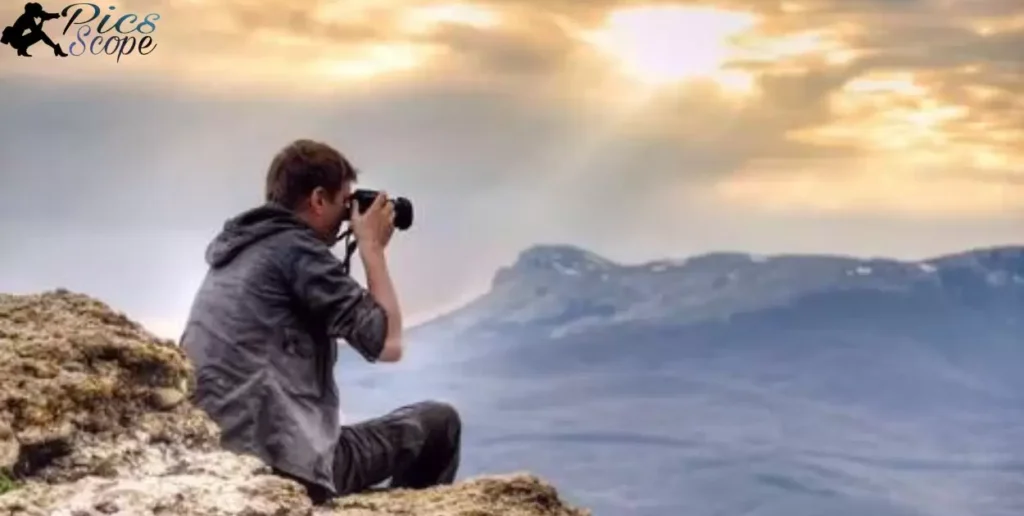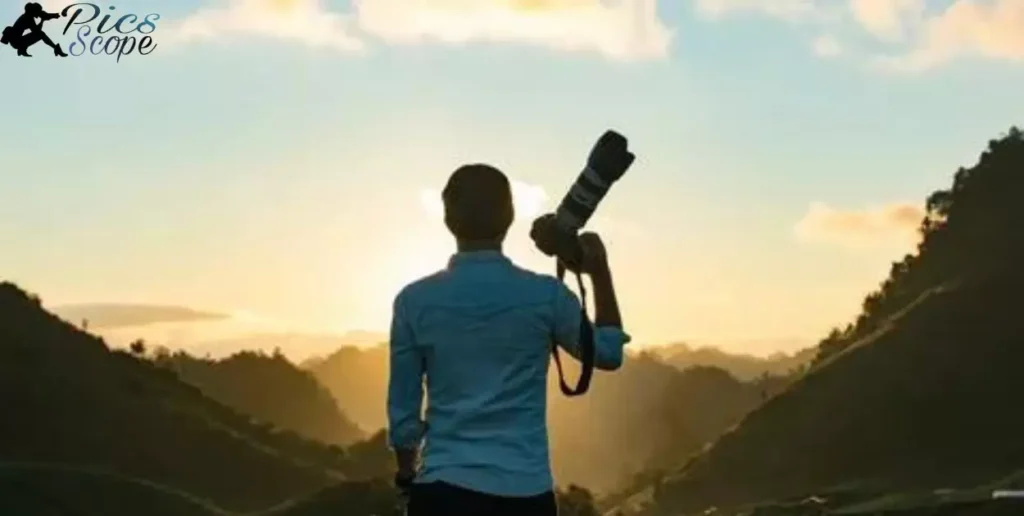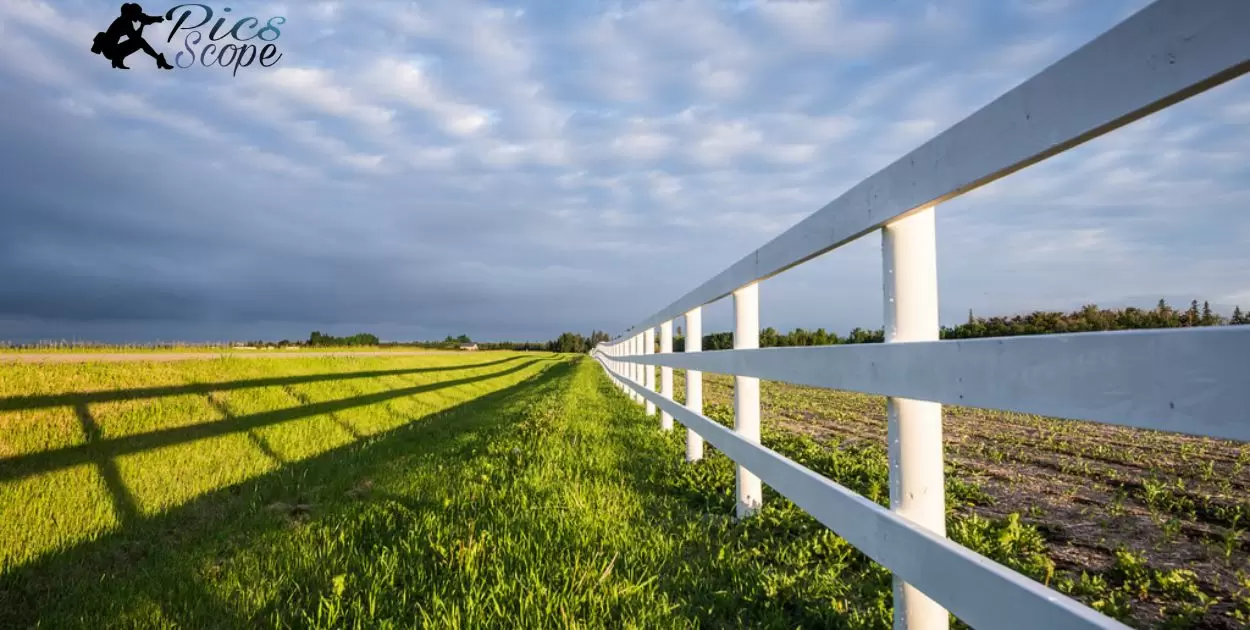In photography, the term Foreground refers to the nearest part of the scene or subject to the camera, creating depth and perspective. It is a crucial compositional element that frames the image and directs attention to the main subject.
What Is Foreground In Photography? It’s not just a technical term; it’s the key to captivating visuals, drawing viewers into the image with compelling force. Understanding its significance opens the door to creating photographs that tell powerful stories.
Foreground in photography is a dynamic element that goes beyond being the closest part of the frame. It serves as a tool to manipulate perception and create depth, enhancing overall composition and leading the viewer’s eyes into the photograph. The interplay between foreground and background is fundamental, conveying scale, context, and visual interest.
Understanding the Basics of Photography
In photography, basics are crucial. You start by grasping what photography is all about. It’s not just about taking pictures; it’s a way of capturing and communicating moments. Why does photography matter? It’s a powerful means of expression.
Now, let’s dive into the essence of the foreground in photography. What exactly does “foreground” mean? It’s the front part of an image, setting the stage for the entire composition. How does the foreground impact your photos? It plays a vital role in how your audience perceives and connects with your images.
To enhance your photography, focus on foreground elements. Wondering how to do it effectively? Learn practical tips to make your images visually compelling. And be aware of common mistakes to avoid in foreground photography. Steering clear of these pitfalls will help you capture more engaging and meaningful shots.
What is the Essence of Photography?
Photography captures moments, telling stories through images. The essence lies in freezing time, preserving emotions, and creating lasting memories. It’s about seizing the beauty of a moment, whether it’s a smile, a sunset, or an ordinary scene turned extraordinary.
To understand the essence of photography, one must embrace its simplicity and power. It’s not just about clicking pictures; it’s a form of communication that transcends language. Photography, at its core, is the art of seeing and sharing, making the ordinary extraordinary with a single click.
Why Does Photography Matter?
Photography A Significant Medium For Inspiring Social Reform matters because it captures moments that tell stories. Through a single image, it communicates emotions, experiences, and messages. It goes beyond words, allowing people to connect and understand each other’s perspectives.
In our visually-driven world, photography serves as a universal language, breaking down barriers and fostering a shared understanding of diverse cultures and experiences. Photography matters because it has the power to evoke emotions, spark conversations, and create a lasting impact on individuals and communities.
Navigating the World of Foreground in Photography
In photography, the foreground is like the stage for your main subject. It’s what grabs attention first. Ever wondered how photographers make the foreground work? They strategically place elements like flowers or rocks in front of the camera to add depth and interest.
Understanding the foreground is crucial. It’s not just about what’s in focus upfront but how it complements the entire photo. Want to capture a stunning landscape? Learn to navigate the world of foreground in photography, and you’ll discover a key element in creating visually appealing and impactful images.
What Does “Foreground” Mean in Photography?
In photography, “foreground” refers to the part of the image that’s closest to the camera. It’s what’s right in front of the main subject. Think of it as the visual space between your lens and the primary element you’re capturing.
Understanding the foreground is crucial because it adds depth and context to your photos. By incorporating interesting foreground elements, like a flower or a fence, you create a dynamic composition. So, next time you’re snapping a picture, consider what’s in the foreground to make your photos more engaging.
How Does the Foreground Impact Composition in Photography?
| Foreground Element | Description |
| Leading Lines | Lines that guide the viewer’s eyes towards the main subject. |
| Framing Objects | Objects that frame the main subject, adding focus and context. |
| Depth of Field | Varying sharpness levels in the foreground create a sense of depth. |
| Patterns | Repetitive patterns in the foreground add visual interest. |
The foreground plays a pivotal role in shaping the composition of a photograph. It serves as a visual anchor, guiding the viewer’s gaze and enhancing the overall impact of the image. By strategically incorporating elements like leading lines, framing objects.
And patterns in the foreground, photographers can create a more compelling and well-balanced composition. Understanding how the foreground interacts with the rest of the scene is key to producing captivating and aesthetically pleasing photographs.
Techniques for Mastering Foreground in Photography

Mastering the foreground in photography involves understanding its role and using it effectively. Start by recognizing the foreground as the closest part of your frame. Choose compelling elements that add depth and interest to your composition.
Experiment with various techniques to make your foreground stand out. Utilize a wide aperture to blur the background and emphasize the foreground. Play with leading lines or use objects in the foreground to frame your main subject. These simple yet powerful techniques can enhance your photos and make them visually engaging.
Mastering foreground photography is about actively selecting and using elements in the front of your frame to create impactful and well-composed shots. By applying techniques like depth, framing, and focus, you can elevate your photography and capture attention-grabbing images.
How Can You Enhance Your Photography with Foreground Elements?
In photography, using foreground elements effectively adds depth and interest to your shots. Place objects or subjects in the foreground to create a visual anchor for viewers, guiding their eyes through the image. This simple technique helps in making your photos more engaging and dynamic.
Experiment with different foreground elements, such as flowers, rocks, or architectural details, to find what complements your overall composition. By mastering the art of foreground, you can transform ordinary scenes into compelling photographs that capture the viewer’s attention instantly.
What are Common Mistakes to Avoid in Foreground Photography?
- Overcrowding: Avoid cluttering the foreground with too many elements, as it can distract from the main subject.
- Lack of Clarity: Ensure that foreground elements are clear and well-defined, avoiding blurry or indistinct features.
- Ignoring Composition: Neglecting the composition can lead to a disorganized and visually confusing image.
- Poor Planning: Failing to consider the role of foreground in the overall shot may result in missed opportunities for impactful photography.
- Inconsistent Lighting: Pay attention to lighting conditions to prevent uneven illumination that can diminish the effectiveness of foreground elements.
Showcasing Creative Examples of Foreground in Photography
In photography, the foreground plays a crucial role in creating visually compelling images. Instead of merely serving as a backdrop, the foreground adds depth and interest to the overall composition. Skilled photographers use the foreground creatively to draw viewers into the scene and make the subject more engaging.
For instance, a photographer might capture a vibrant flower in the foreground with a majestic mountain range in the distance. This simple yet effective use of foreground enhances the viewer’s experience, making the photo more immersive and dynamic. By showcasing such creative examples, photographers can inspire others to experiment with foreground elements and elevate the impact of their own photos.
How Have Renowned Photographers Used Foreground Creatively?
Renowned photographers bring creativity to life by skillfully using foreground in their pictures. They strategically place objects or people in the foreground to add depth and interest to the image.
This technique guides the viewer’s focus and creates a more engaging visual experience, emphasizing the importance of considering the background, middle ground, and foreground. For example, photographers like Ansel Adams and Henri Cartier-Bresson often incorporated foreground elements to frame their subjects and convey a sense of context.
By doing so, they transformed ordinary scenes into powerful and memorable photographs, showcasing the impact of a well-balanced composition that considers the interplay of background, middle ground, and foreground.
Can You Share Your Foreground Photography Success Stories?
Absolutely! Share your stories of success in foreground photography. Describe how you positioned subjects in the foreground to create dynamic and compelling compositions. Highlight specific moments where the foreground enhanced the overall impact of your photographs.
Feel free to narrate challenges faced and how you overcame them, offering practical insights for others passionate about improving their photography skills. Tell us about the reactions you received from viewers and how foreground elements added depth to your images.
It’s capturing a vibrant street scene or a serene landscape, recount the instances where mastering foreground photography made a noticeable difference in your storytelling. Your success stories can inspire fellow photographers and shed light on the rewarding journey of exploring and mastering the art of foreground in photography.
Advancing Your Photography Skills with a Focus on Foreground

In the pursuit of elevating your photography, honing skills in foreground composition becomes paramount. By intentionally incorporating foreground elements, you can add depth and narrative to your images. Explore the table below for advanced techniques and strategies to master foreground photography:
| Technique | Description |
| Depth of Field Management | Control focus to guide the viewer’s attention, emphasizing foreground elements effectively. |
| Layering Techniques | Experiment with layering to create visually rich compositions, adding depth and complexity. |
| Leading Lines and Patterns | Utilize leading lines and patterns in the foreground to draw the viewer’s eye into the scene. |
| Framing with Foreground | Employ foreground elements as natural frames, enhancing the composition and visual storytelling. |
Refine your photography skills by incorporating these techniques, allowing foreground elements to serve as powerful tools in conveying your artistic vision. Experimenting with these strategies will undoubtedly contribute to the mastery of foreground photography, bringing a new dimension to your visual storytelling.
What are Advanced Techniques for Mastering Foreground Photography?
In advanced foreground photography, you take control. You decide what goes in front and what stays in the back. By carefully choosing your foreground elements, you create depth and draw attention to your subject.
Experiment with various angles and distances. Get close to your foreground, feel its texture. Play with different lenses to see how they affect the perspective. Practice makes perfect in mastering foreground photography techniques. So, grab your camera, explore, and have fun!
How Can Foreground Photography Contribute to Your Artistic Vision?
Foreground photography plays a crucial role in shaping your artistic vision. By placing subjects or elements in the foreground, you guide the viewer’s attention and create a dynamic visual narrative. This technique allows you to frame your composition actively, adding depth and interest to your images.
When you strategically incorporate foreground elements, you establish a visual hierarchy that enhances the overall impact of your photograph. It enables you to communicate your message more effectively, ensuring that the viewer engages with your artistic intent.
FAQ’s
What is foreground, middleground, and background in photography?
Foreground, middleground, and background refer to the different layers in a photograph. The foreground is the closest layer to the camera, the middleground lies between the foreground and background, and the background is the farthest layer.
What is the foreground in a picture?
In a picture, the foreground is the frontmost part of the composition, where elements or subjects are placed to add depth and perspective.
How do you take foreground pictures?
Capture compelling foreground pictures by consciously placing interesting elements in the front of your frame, creating depth and guiding the viewer’s focus.
What is the impact of foregrounding in photography?
Foregrounding in photography enhances visual storytelling, creating depth and interest. It guides the viewer’s attention and contributes to a more engaging and dynamic composition.
What does it mean to have a foreground focus photograph?
A foreground focus photograph emphasizes the frontmost elements, drawing attention to objects or subjects deliberately placed in the foreground for a compelling and impactful visual narrative.
Conclusion
Understanding the foreground in photography is crucial for creating visually compelling and dynamic images. By strategically placing elements in the front of the frame, photographers can add depth and interest to their compositions. Foreground in photography serves as a powerful tool to guide the viewer’s focus and enhance the overall storytelling capacity of a photograph.
As photographers explore the significance of foreground photography in their work, they unlock new avenues for artistic expression. Whether capturing everyday scenes or embarking on more creative endeavors, incorporating a thoughtful consideration of foreground in photography contributes to the richness and impact of their photographic storytelling.







